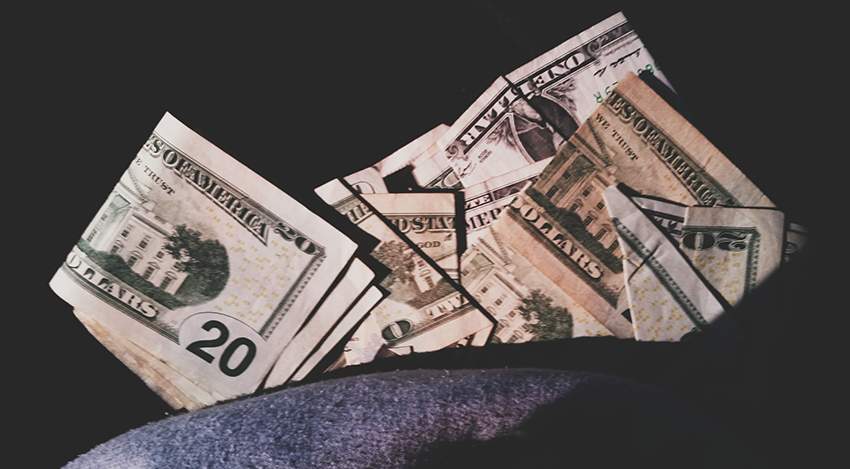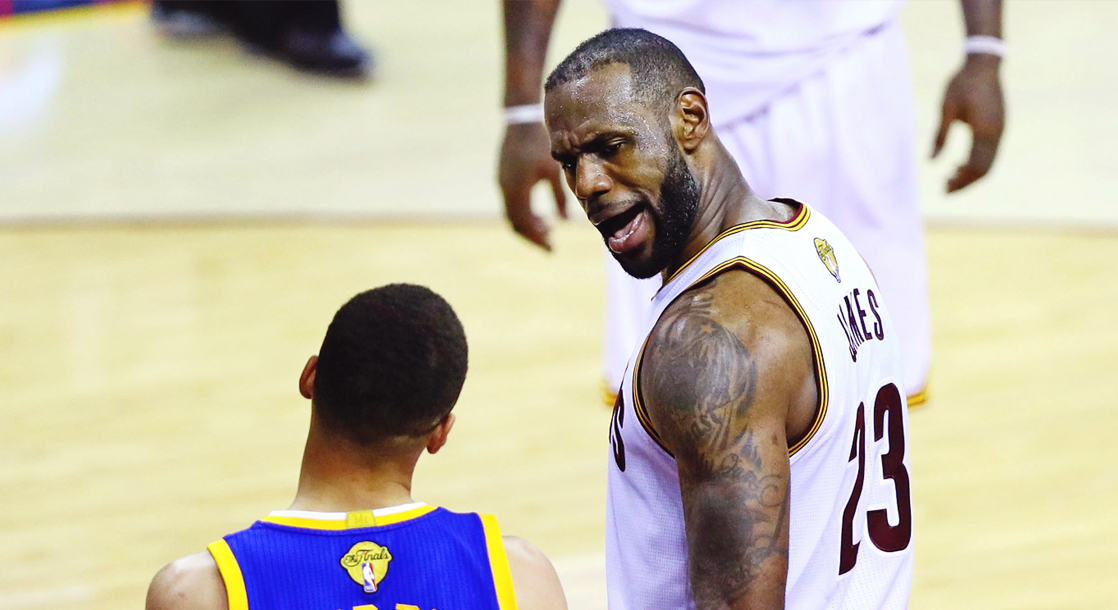If you are a young person in this country, odds are that you have student loans. You’ve probably long had a sense that being saddled with immense debt at a young age just for having the gall to get a college education is unfair, but did you ever pause to consider just how unfair? The way the United States handles college debt stacks the odds against the students in a way that seems inhumane when compared to how other countries handle higher education. Here are some facts about just how unfair student loans really are.
Student loans are not the norm for industrialized nations.
As Bernie Sanders pointed out repeatedly during the Democratic primaries, massive student loan debt is not the norm in the rest of the developed world. Last year, Germany joined the growing list of countries including Finland, Norway, and Sweden that have reduced tuition cost to zero. Other countries like France have decreased public tuition cost down to a few hundred dollars a year. Even with Britain’s new austerity measures, which resulted in mass protests, its average debt burden is still far lower than the U.S. Our system is so broken that it is actually cheaper for Americans to study in a number of other countries than to attend college in the United States.
They aren’t even the norm for America.
Baby Boomers have called Millennials entitled for complaining about student loans, but those critics likely didn’t have student loans themselves. In the ’60s, tuition was averaging just several hundred dollars a year. This changed in the 1970s, when college attendance skyrocketed thanks to civil rights advancements and vanishing blue-collar careers. Instead of modifying the system to accommodate the influx of students, the government opted to privatize student loans. Privatized loans create profit incentive, driving the costs of college education up even higher. Tuition at private institutions is three times more expensive than it was in 1974 and public tuition is four times higher.
The government makes money on student loans.
That’s right, the troubling U.S. government currently makes a profit on student loans. Some estimates put this profit at $80 billion annually, although others put the number at far less. Interest rates are set so the government doesn’t lose money when borrowers don’t pay, ensuring a surplus. Higher loan principals mean more profit on interest. If you think this approach feels broken, you aren’t alone. There are plans on the table to end government profits on loans.
Interest rates are too high.
Since student loan interest rates are set to avoid loss to taxpayers—can you imagine how tea partiers would react to that one?—they are also unusually high. You may have a 2 percent rate on a car, but a 7 percent rate on your student loans. As of 2013, seven out of 10 student loans carried more than 5 percent interest. So, not only are loan principals crazy high in the U.S., but so is the interest students pay on them.
Those who need the most help receive the least support.
Graduation rates from community colleges and less prestigious four year institutions are abysmal. One reason is that these students—often from lower income and traditional marginalized families—receive the least aid. Last year, students who went to elite schools received an average of $25,000 in aid per year thanks to government grants and scholarship incentive while students at community colleges only received an average of $8,000 in aid. This isn’t just bad for the student, it’s bad for the community, as statistics tell us that dropouts cost the community in healthcare, welfare, and potentially criminal justice costs.











